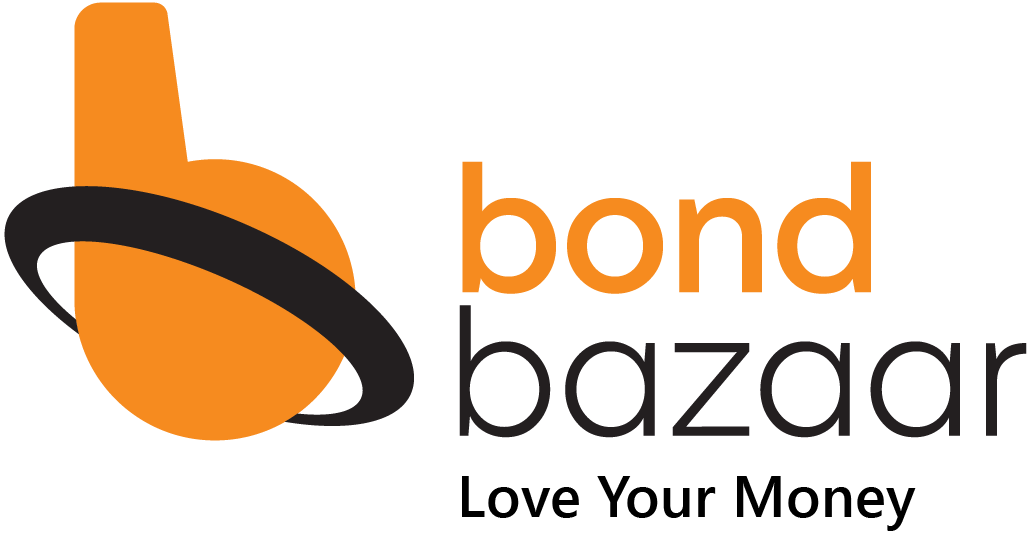Ride the Waves: Passive Investing with an Active Eye

Explore the differences between active and passive investing strategies, understand their pros and cons, and discover how each can align with your financial goals. Learn about the flexibility and potential for higher returns in active investing and the simplicity, cost-effectiveness, and consistent returns offered by passive investing.
When it comes to investing, there are two main approaches: active investing and passive investing.
Each strategy offers its advantages and considerations, making it essential for investors to understand the critical differences between them.
In this article, we will delve into the world of active and passive investing, exploring their fundamental principles and helping you navigate the path towards financial success.
Active Investing: Driving Your Investment Journey
Active investing is a hands-on approach where investors take an active role in managing their portfolios. It involves researching, analysing, and making investment decisions based on market trends, company performance, and other relevant factors.
- Active investors aim to outperform the market by capitalising on opportunities and actively adjusting their holdings.
- While active investing requires dedication and effort, it offers several potential advantages.
- One key benefit is the ability to take advantage of market inefficiencies.
- Active investors have the opportunity to uncover undervalued stocks or identify emerging trends before they become widely recognized.
- Active investors believe they can outperform market benchmarks and generate higher returns by carefully selecting individual securities.
To navigate the dynamic landscape of active investing, it is essential to conduct thorough research and analysis.
This involves studying financial statements, monitoring market news, and evaluating the competitive landscape of companies.
Active investors often use stock picking, sector rotation, and market timing strategies to capitalize on short-term fluctuations.
Passive Investing: Riding the Waves of the Market
Passive investing, in contrast to active investing, takes a more hands-off approach.
Instead of attempting to outperform the market, passive investors aim to replicate the performance of a specific market index or a particular asset class.
This is typically achieved through investing in index funds or exchange-traded funds (ETFs).
The rise of passive investing can be attributed to several factors, including its simplicity and lower costs compared to active investing.
Passive investment vehicles track established market indices, such as the Nifty 50 or the S&P BSE Sensex, by holding a diversified portfolio of securities that mirrors the index's composition.
This approach allows investors to gain exposure to a broad range of stocks or bonds, spreading risk across multiple companies or issuers.
- One of the key advantages of passive investing is its potential for consistent returns over the long term.
- By eliminating the need for frequent buying and selling of individual securities, passive investors avoid transaction costs and reduce portfolio turnover.
- This leads to lower expenses and taxes, which can significantly impact long-term returns.
Investors can choose from a wide range of index funds and ETFs to implement a passive investing strategy.
These investment vehicles provide instant diversification across different sectors and asset classes.
By investing in a market index, passive investors essentially accept the average returns of that particular market.
Understanding the Pros and Cons
Both active and passive investing have their strengths and weaknesses. It's crucial to carefully consider these factors before determining which approach aligns best with your investment goals and risk tolerance.
Active Investing Pros and Cons
Pros:- Potential for Higher Returns: Active investing offers the possibility of generating higher returns compared to passive investing. Skilled active investors may be able to identify mispriced securities and take advantage of market inefficiencies.
- Flexibility and Adaptability: Active investors have the ability to adjust their portfolios in response to market conditions and emerging opportunities. They can actively manage their holdings and make changes based on their analysis and research.
Cons:
- Higher Costs: Active investing typically incurs higher expenses, including management fees and trading costs. These expenses can eat into investment returns over time.
- Risk of Underperformance: While some active investors may outperform the market, many fail to consistently beat market benchmarks. The pursuit of higher returns also comes with the risk of underperforming and incurring losses.
Passive Investing Pros and Cons
Pros:- Lower Costs: Passive investing is generally associated with lower fees and expenses compared to active investing. This is primarily because passive strategies require less day-to-day management and trading activity
- C onsistent Market Returns: By tracking a market index, passive investors can achieve returns that closely mirror the performance of the index. This approach eliminates the need for frequent buying and selling and reduces the risk of underperformance.
Cons:
- Limited Control and Flexibility: Passive investors have little control over the individual securities held in their portfolios. They are essentially tied to the performance of the market index or asset class they track
- Exposure to Market Downturns: Passive investors are susceptible to market downturns and fluctuations. During bear markets, passive investment portfolios may experience declines in value.
In essence
In the world of investing, the choice between active and passive strategies is not a one-size-fits-all decision. Each approach has its own merits and considerations.
Active investing offers the potential for higher returns through careful analysis and active management, but it comes with higher costs and the risk of underperformance.
On the other hand, passive investing provides simplicity, lower costs, and consistent market returns, but it limits control and flexibility.
The key to successful investing lies in understanding your own goals, risk tolerance, and investment preferences.
Some investors may prefer the excitement and potential rewards of active investing, while others may find comfort in the long-term stability of passive strategies.
Disciple Key To Investing
It is also worth considering a blended approach, combining elements of both strategies to create a diversified and balanced portfolio.
Ultimately, the path to financial success is a personal journey. It requires continuous learning, adaptation to market conditions, and a disciplined approach to investing.
Whether you choose to take an active or passive approach, staying informed, diversifying your holdings, and regularly reviewing your investment plan are essential steps toward achieving your financial goals.
FAQs
Is active investing riskier than passive investing?
Active investing carries a higher level of risk compared to passive investing.
The pursuit of higher returns through active management exposes investors to the potential for underperformance and higher costs.
Can passive investing outperform active investing?
Passive investing aims to replicate the market's performance rather than outperforming it.
While active investing has the potential for higher returns, studies have shown that many active fund managers fail to consistently beat their benchmarks over the long term.
Which strategy is better for long-term investing?
Both active and passive strategies can be suitable for long-term investing, depending on individual goals and preferences. Passive investing is often favoured for its simplicity, lower costs, and consistent returns, while active investing may appeal to those seeking potential outperformance.
Are index funds considered passive investments?
Yes, index funds are a popular form of passive investing. They aim to replicate the performance of a specific market index by holding a diversified portfolio of securities that mirrors the index's composition.
Remember, investing involves risks, and it's always advisable to consult with a SEBI-registered financial advisor before making any investment decisions.
Sign up and follow us to get the best stories on Investments, Strategies, Tools, Ideas & Insights to help you achieve your Financial Goals.
